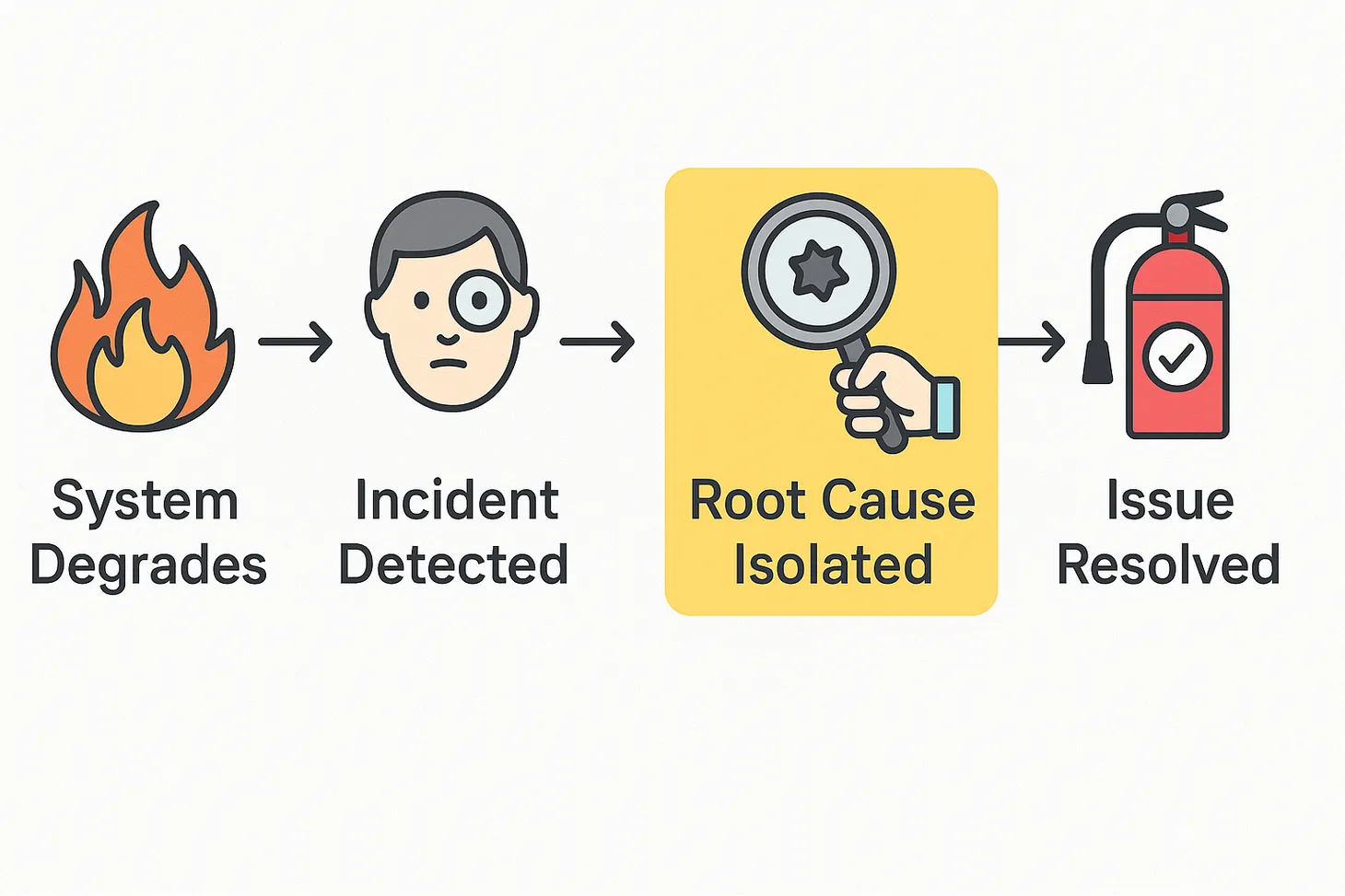005: Purposeful Vulnerability
Differentiating between TMI and Vulnerability

In today's workplaces, the concept of “vulnerability” in leadership is frequently discussed — rather even encouraged. A lot of leaders are told that they should be “vulnerable” with their team. It's called out as the most important thing to create trust and creating an open, inclusive culture.
But it comes with its own set of nuance, that most people don’t explicitly talk about or call out. The notion of being "vulnerable by default" can be a double-edged sword. It can cause significant risks, if not approached thoughtfully.
As an engineering leader, it's crucial to understand how to practice vulnerability effectively.
Purposeful Vulnerability: Strategic, Not Spontaneous
During one of my coaching sessions at a previous job, my coach talked to me about the concept of Purposeful Vulnerability.
Simon T. Bailey puts it succinctly, he asks to navigate vulnerability with intent.
“It should not be an unchecked floodgate of emotions. It’s about strategic openness with boundaries. Sharing personal stories or challenges should be purposeful, aimed at building connections or illustrating lessons, rather than seeking sympathy. It’s about leading not from a place of invulnerability but from the helm of authenticity, where acknowledging one’s limitations becomes a source of collective strength.”
The idea is simple: it's not about sharing your deepest, darkest secrets with your team (they don’t need to know about your random high school phase). It’s about being open in a way that benefits the team and the organization.
Some Strategies for Vulnerability
1. Building Trust
When you share your own blunders and the lessons learned, you humanize yourself and build trust. For example, I often share about a time from my career when my code changes caused a major incident. When I share about navigating this incident, I talk about learning from blameless postmortems, and focusing on improvement. I am trying to show that it’s okay to make mistakes—as long as you learn from them. Similar examples could be: discussing scenarios like resolving a team conflict or learning from a failed project.
2. Normalizing Mistakes
If you want your team to innovate, they need to feel safe making mistakes. When you share your own errors and the growth that followed, you signal, hey, that failure is okay. This isn’t a carte blanche for reckless behavior, of course, but a reminder that calculated risks are part of the journey.
3. Encouraging Openness
Encouraging your team to share their challenges creates a collaborative environment where problems are solved together. Create safe spaces for team members to voice their concerns and admit their struggle — it could happen in a weekly retrospective, a quarterly open session, an open office, whatever works for you. It can lead to a stronger, more resilient team.
Vulnerability versus TMI
While vulnerability can be useful, it is important to know where to draw the line. Not everything needs to be shared—especially in a professional setting. Here’s a simple, non-exhaustive distinction with some examples to help you navigate this:
Appropriate Vulnerability
- Admitting Mistakes: “I once merged code without a review and crashed the server. Here’s what I learned.”
- Acknowledging Limitations: “I have a terrible memory for dates and names—help me out here.”
- Seeking Mutual Support: “Let’s figure out how we can support each other’s goals.”
Inappropriate Oversharing
- Personal Trauma: “Let me tell you about my childhood woes”— my guess, probably… not the best icebreaker.
- Irrelevant Details: “Guess what I did last weekend after a few drinks”—let’s save that for a different time.
Establishing Boundaries
As Brené Brown wisely puts it, without boundaries, you’re just a leaky faucet of personal information. What you need to keep in mind:
- Before sharing, ask yourself why you’re sharing this and what the potential impact might be
- Know the line between professional relevance and personal overshare
- Create a culture where vulnerability is valued and respected, not exploited
Balance it all out
Vulnerability is like salt or seasoning—just the right amount can elevate the dish, but too much will ruin it. Remind yourself that the goal isn’t to be vulnerable for vulnerability’s sake. Share those stories of your mistakes, admit when you needed help, and encourage your team to do the same. Just, maybe, keep the tales of your college escapades and your experimental haircuts to yourself.
Old School Burke Newsletter
Join the newsletter to receive the latest updates in your inbox.


